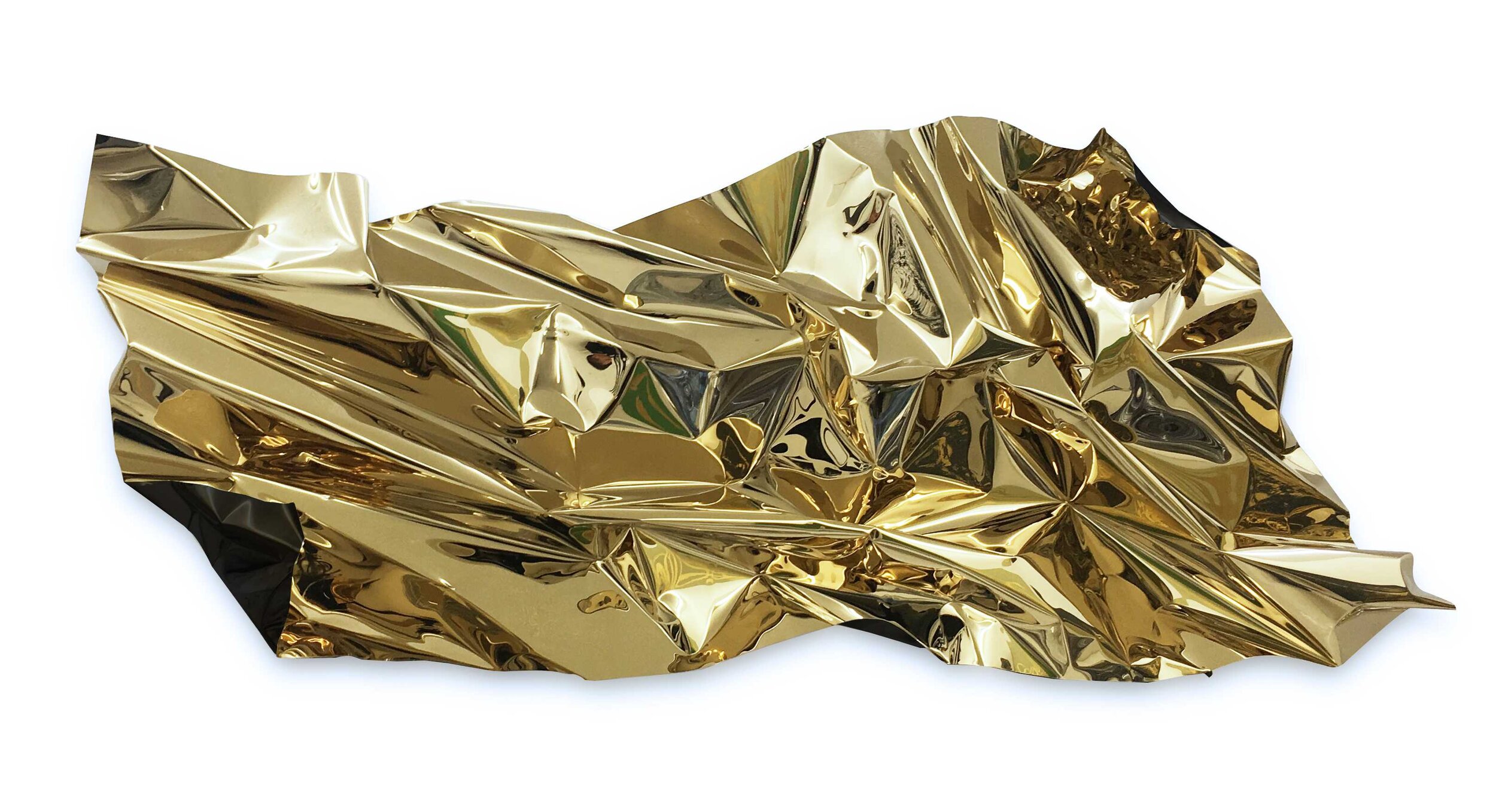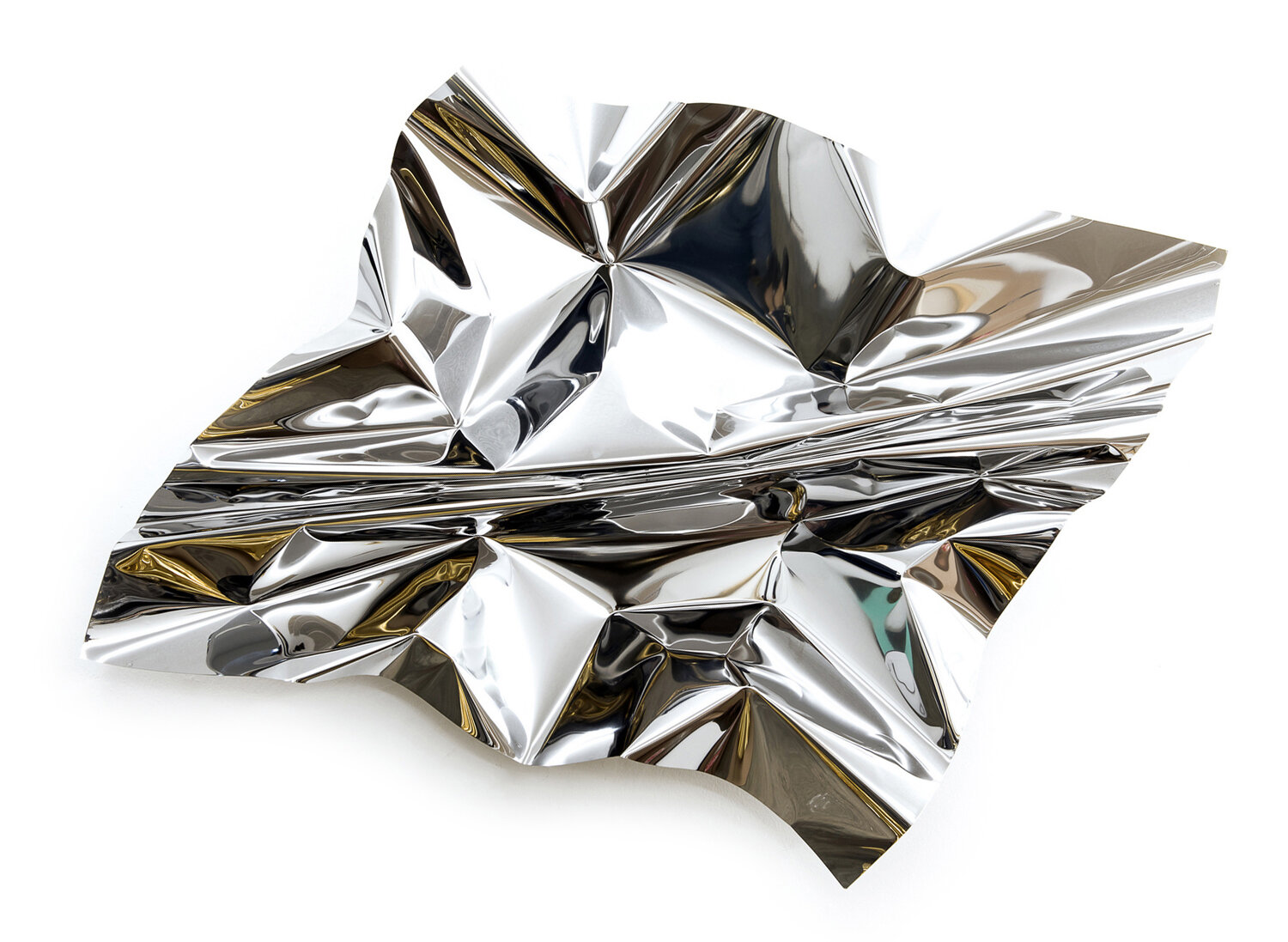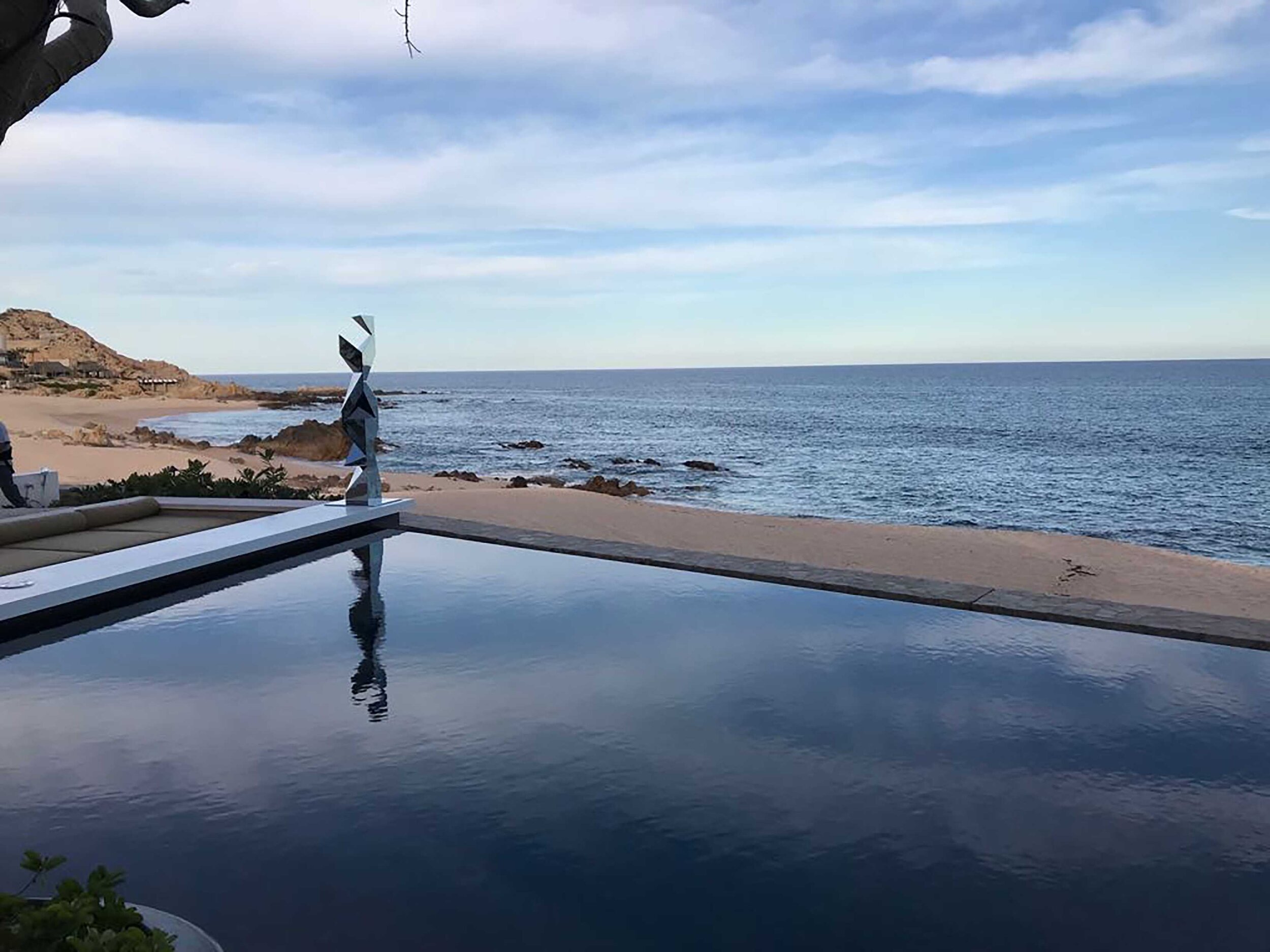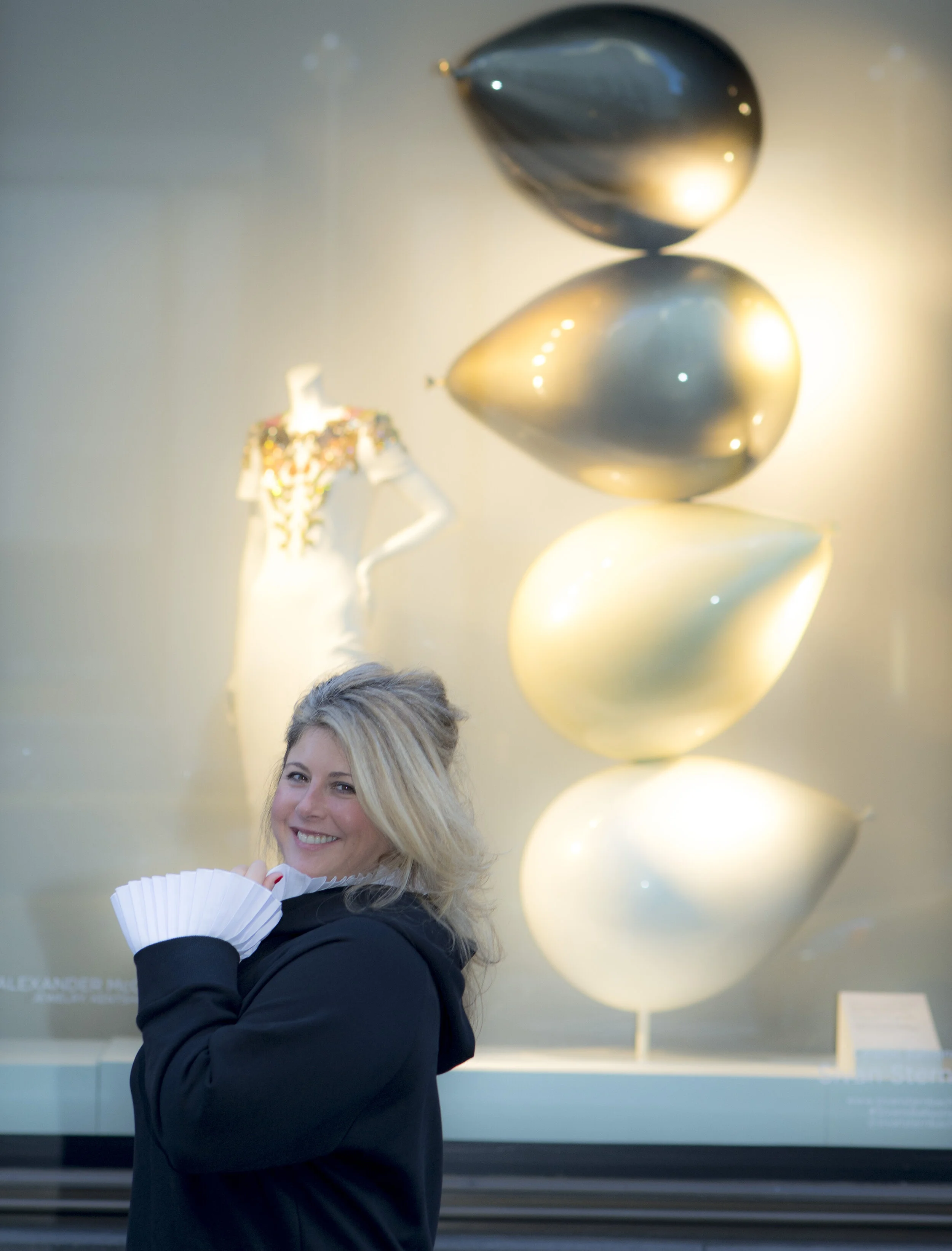Art Outside The Frame- In conversation with Aldo Chaparro on making art and choosing life in the midst of war.
Peruvian artist Aldo Chaparro is perhaps best known for his alluring and edgy stainless steel sculptures. His bold pieces seep through the cracks between imagination and reality and are a part of several coveted private collections worldwide. His work has been featured in many reputed publications like the Forum, the Wall Street journal and TheSelby.com. His bio as an artist also includes an active role in the editorial world. As director of Celeste Editorial Group he has produced more than 40 publications of contemporary art and fashion.
Here, Aldo shares with Terrene his voluminous, multiplex and compelling experiences.
What was it like growing up in Lima, Peru, and what forms of creativity were you most drawn to early on?
I think my formative years in Lima were interesting and my father had the most significant impact on my creativity. I believe that maybe I engaged with all the projects that excited him, with enthusiasm and active participation. I remember once I was visiting the house of some friends of mine, and their mother, who was a professor of art history at the university in Lima, told me after seeing some of my drawings: “Aldo, why don't you study art at the Catholic university.” I was 16 years old at the time and remember perfectly the questions that came into my mind; Was drawing a way of earning a living? Was it a real profession? Immediately I went to my dad to tell him, he took it as he took all things in life, as a project. From that day on nothing else was discussed and I dedicated all my energy to making my dream come true. And as a mark of support since then all his gifts to me for Christmas and birthdays became tools (some of them are still in my atelier).
Although he was always a connoisseur on many topics I think that in addition to my education on the topic he was concerned about his own knowledge of art and art history. In those years (1985) a Spanish encyclopedia on painting and sculpture began to be sold in Lima, it was released, as it happened before, by issues. They were sold every Monday and my dad bought all of them for me. I read during the week and on weekends, when I visited him, we had magnificent conversations that focused on our new interest: the history of art. The encyclopedia consisted of 5 volumes, each one with 20 fascicles, so each volume took 5 months to complete. To get through the whole encyclopedia took us a little over two years. He read all its pages. Then, when the time to bind the issues came, he decided to do the work himself. His last interest was born, until his death there was no book in the house that did not go through him, he bound all the family books. I still have the drawing notebooks that he made for me. Another fond memeory I remember is that in those years it was very difficult to access information about contemporary art. A small store sold Art Forum issues. They were quite expensive and scarce. Once I had an issue as a birthday gift. After seeing it I took it to the university where it passed from hand to hand and returned to me several months later, completely destroyed. I have no idea how many people in the faculty must have read it. The need to know what was happening in the rest of the world was real. I also clearly remember getting a postcard of George Bazelits standing next to one of his wooden sculptures. That single image defined my career. It moved me so much that I decided to study sculpture and grew an interest in wood. I still have the postcard. Basically my work became carving. I worked non-stop, so I got to work wood with enough mastery. But as it happens with all techniques, the dark side of skill meant that many people saw my pieces only because of my wood carving abilities. Gradually my relationship with it began to deteriorate. I eventually abandoned working with wood to search for new ways of expressing myself. I understood that experimenting with different materials and different disciplines is how I can truly be myself.
Tell me about your path to becoming an artist.
During your last years as a teen and during your early 20’s your musical taste is defined. You kind of chose a tribe, which leads you to adopt all its characteristics, your way of dressing, the places you go, your philosophy on life and many more things. That's what happened to me, a year before entering university my friends and I started going to the Biz Pix, a nightclub that was in the basement of a building in downtown Lima, where for some magical reason one would listen to the same music that was being played in London, without any kind of gap. It was a place that got us up to date with what was happening in the rest of the world, I even dare to say that we were in the lead. There, my notions of aesthetics were formed, the album covers, the lyrics of the songs, the look of the groups etc. But parallel to all that, Lima was in the middle of the civil war against terrorism, it was a very dark epoch and while we were having beers in another bar a strike could happen. Bombs were heard and the lights ran out. I remember the tragedy of Tarata Street, where Sendero Luminoso detonated a bomb. This happened in the Miraflores neighborhood. We were looking for a way to continue living our incipient youth, but not through denial, we were well aware of what was happening. I always remember those years as a fight for life, it was our way of beating the death that surrounded us, we skipped curfews, escaped bombs, dealt with the absence of light and water, and survivied distance and misinformation. We fought to push our dreams forward and our lives, because life always makes its way, even in the most hostile contexts.
In those years we were more reactive. Decisions are made according to their impact on others rather than by one's own decision. In those years what was done at the university was a torn art that represented in some way and very logically the pain we were living, fighting from that terrible dehumanization that violence had brought us face to face with. My decision was to answer pain with cynical humor. Until today I keep that mechanism going, I still think that it is the most effective way to combat an environment stunned by trauma and needs. My work from those years had some adepts, but also several enemies who considered it silly and above all, not valid.
What led you to explore alternative mediums like stainless steel for your works.
During my years at university I had some conflicts because apparently I did not have the respect for the original or natural materials that according to them I should’ve had. They told us wood is never painted, and the same with marble. Ceramics should always be enameled, the colors and surfaces of materials should be highlighted, never covered nor hidden. My subjects were not very successful either, but what I do remember is that the sense of humor of my pieces did suit me. In the case of my stainless steel pieces, I wrinkle those with my hands, so the most important thing is my relationship with the present. My state of mind is crucial for the result of the work, for example, if I am angry the pieces are fabulous. Trying to integrate those ideas, I realized that one way to maintain that non-control over the piece was choosing fast processes. I discovered that the steel allowed me to do it, I could wrinkle it with my hands and body in a kind of fight or dance where the result was always different. I couldn't repeat the shape of a sculpture even if I wanted. It’s like shooting a photo of a river, a second later it is a completely different image. After a few years making those pieces I realized how important the connection with the moment is for me. Very physical and short working processes force me to stay in the present and live it. My mind is in coordination with my body. For a short period of time, everything is present, like in a meditation.
When did you works first start getting recognized? Who was your first patron?
Many years ago I met Moico Yaker, a very interesting figurative painter. Moico was in a great moment in Lima, his work was part of what was happening and recognized in Latin America and the world. His references to political history and Peru's artistic interests coincided with this new interest in the world. Moico became internationally recognized speaking specifically of his condition and history, a great moment in art that made him one of the most important artists of those years. He had lived his entire life outside Peru and always kept out of the local intrigues and local complexes. He was ready for the success he was experiencing. Moico taught me almost everything that I developed over the years. We spent the day, painting and reading, we traveled a lot too. We saw thousands of museums and he was the best teacher and patron I could have. Without a doubt my career would not be the same without what Moico taught me and shared. Even the decision to live in Mexico came through him. The first time I went to Mexico I was accompanying him to the inauguration of the MARCO museum in Monterrey, where Moico exhibited several fabulous pieces.
Do you feel creatively satisfied?
Although I feel quite satisfied in many ways, there are areas that I want to access and sometimes I do not have enough patience. For example my relationship with public sculpture which is one of my oldest goals. For me, making public sculpture implies several things that represent my philosophy one hundred percent, like the fact that it is art for everyone. It is not art for a small elite, which requires big amounts of money to be enjoyed. We know how difficult it is for a common person to access the world of art, not only because most do not understand it and feel that it is not necessary to learn art to enjoy it, but also because there is not enough education about it. The public works allow everyone to enjoy art freely, without having to pay or belong to any group. The sculpture is there, always in the same place, gradually becoming a landmark of the community. Sometimes they receive nicknames and become part of the day to day of the people who pass by.
Who are some of the newer artists whose works you enjoy?
I believe my desire to take charge of all the parts of my process led me to create a space in my studios where to show my work. A clean and well-lit space for a time served to showcase my work whenever I considered it pertinent. But in a short time I found it boring to show only my own work, so together with curators, artists and galleries we began to show works by other artists. The studio's gallery just turned 10 and we have exhibited projeccts by Alain Urrutia, Gerold Miller, Mario García Torres, Saúl Sánchez, Miltos Manetas, Andrea Galvani, Pier Stockholm, Mark Dion, Nick Payne, Tony Ousler, Stefan Bruggemann, and Adriana Minoliti among others.
Three years ago we opened a new space in the studio, it is a cabinet, a window facing the street which can be seen 24 hours a day. We show installations and pieces by different artists in it. This section of the studio has its own program and all projects are curated by Alejandro Romero. In these three years we have collaborated with the Tezontle collective, Ana Montiel, Pablo Dávila, Gwladys Alonso, the Dutch collective Graphic Surgery, Francesco Pedraglio and François Bucher among others.
After seeing how these projects have become a landmark to Mexico City’s art scene, we set out to do the same in Lima and Madrid. The cabinet of the Madrid studio and its small gallery has shown only two projects, but it is already well known in the city. The project is curated by Javier Montoro who also manages the studio there. The Lima project has a different format because the window faces the street on the first floor. The curators of the gallery and the cabinet are Les Esguiza and Pablo Ravina. Our first project was a reductionist exercise based on the work of Enzo Mari called autoprogettazione, where the invited artists had to produce a piece with a single wood board and white paint.
There are a lot of young artists who follow your works. Is there any other advice you’d give to someone just starting out, that you wish someone would have once given you?
Thank you for the opportunity to express my ideas on this topic. It is something that has interested me for a long time. Art education in almost every case is being taught making a terrible mistake. Young people leave the universities knowing some techniques and how to manage their content, but none of them is prepared for what will be their strongest battle: making money to make a living. It is thought that artists should not get involved in this subject and should only concentrate on their production. This is a great mistake of the system, and has resulted in thousands of good artists that end up working on other things, different to the ones that they studied. It is urgent that art schools teach young people how to manage their resources, understand the art market and its whims, pay their taxes, administration and even human resources. What happens when a young artist fails to enter a gallery? Just because I don't have a gallery doesn't mean I'm a bad artist, just like being represented by a gallery doesn't mean your work is good. In those cases artists should have a plan and they should also support each other. We have been taught how to compete between artists, those old and silly stories of fights between Picasso and Modigliani, but the enemy is another. The outside world, and there taste is the most basic notion of them all. Taste is so relative and depends on so many things that if we don't have another system to rate things we will be lost. There are two concepts that govern my relationship with art now and they are purity and honesty. Purity is very easy to distinguish, a work of art does or does not have it. On the other hand, honesty is a little more difficult to persist, because our taste can interfere. That is, we may not like what we see, but we can recognize its honesty. We can see a human being who expresses himself from the bottom of his being without appearing to be another and without pretensions. The work of art is like an x-ray of the artist who made it, for better or for worse, everything is seen; your influences, your weaknesses, your abilities, your personality, everything is visible to a curious and trained eye, so there is no way to deceive anyone (except those who are fooled) and that is where honesty becomes a parameter for me. An artist who realizes himself as a human being through his work and who can support his family for me is already a great artist, the rest are trifles.
Words by Srishti Jindal













